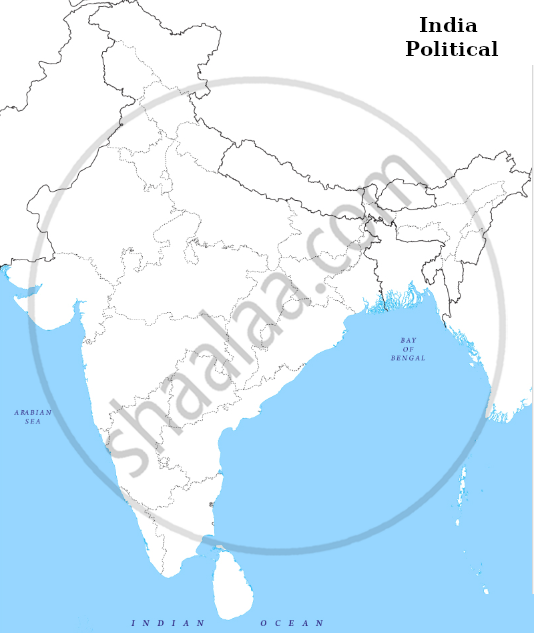Advertisements
Advertisements
प्रश्न
Describe the role of Gandhiji in the Indian freedom struggle from 1922 till 1931.
उत्तर
- Gandhiji oversaw and led three significant campaigns during the Indian Independence War: the Quit India Movement in 1942, the Civil Disobedience Movement and the Salt Satyagraha in 1930, and the Non-Cooperation Movement from 1919 to 1922.
- By 1922, Gandhiji had transformed Indian nationalism, redeeming his promise in his BHU speech of February 1916. It was no longer a movement of professionals and intellectuals; now, hundreds of thousands of peasants, workers and artisans also participated.
- It must also be stressed that his success in broadening the basis of nationalism was based on careful organisation. New branches of the Congress were set up in various parts of India. A series of “Praja Mandals” were established to promote the nationalist creed in the princely states. Gandhiji encouraged the communication of the nationalist message in the mother tongue, rather than in the language of the rulers, English. Thus the provincial committees of the Congress were based on linguistic regions, rather than on the artificial boundaries of British India. In these different ways nationalism was taken to the farthest corners of the country and embraced by social groups previously untouched by it.
- Civil-Disobedience Movement (1930): In a speech published in the Young India newspaper in March 1930, Mahatma Gandhi stated that if the government met his eleven demands, he would be willing to end the Civil Disobedience Movement. But the administration's head at the time, Lord Irwin, made no response to him. Mahatma Gandhi subsequently launched the movement with all of his fervour.
APPEARS IN
संबंधित प्रश्न
Answer in 100-150 Words
How Was Mahatma Gandhi Perceived by the Peasants?
Write a short essay (250-300 words) on the following:
In what way did Mahatma Gandhi transform the
nature of the national movement?
A series of ‘Praja Mandals’ was established to promote nationalist creed in ______.
Who led the Khilafat Movement in India?
Match the following.
| (i) | Jallianwala Massacre | (a) | 1918 |
| (ii) | Peasant movement in Kheda | (b) | April 1919 |
| (iii) | Second Round Table conference | (c) | 1939 |
| (iv) | Second World War started | (d) | 1931 |
Choose the correct option.
Consider the following events:
- Jallianwala Bagh Massacre
- Khilaf at Movement
- Formation of Swaraj Party
- Arrival of Simon Commission
The correct chronological order of these events is:
Who drafted the resolution on fundamental rights for the Karachi Session of Congress in 1931?
Who of the following organized a march on the Tanjore coast to break the Salt Law in April 1930?
In which Satyagraha, Gandhiji asked for the remission of taxes for peasants following the failure of their harvest?
In which year, Jallianwala Bagh Massacre took place?
What was the main demand of khilafat movement?
Match the following.
| List I | List II |
| A. Parallel government | 1. Dandi |
| B. Assassination of Mahatma Gandhi | 2. Amritsar |
| C. Salt Satyagraha | 3. Delhi |
| D. Jallianwala Bagh Massacre | 4. Satara |
Explain the importance of the Non-Cooperation Movement.
Describe the circumstances that led to the initiation of Non-Cooperation Movement by Gandhiji. Explain the significance of this movement?
On the given political outline map of India mark and label of the follow with appropriate symbol:
The place where Jallianwala Bagh Massacre happened.

Assertion (A): Gandhiji called for a countrywide agitation against the Rowlatt Act.
Reason (R): British authorized the government to imprison people without trial.
Explain the role Gandhiji in Indian Freedom movement from 1916 till 1922.
Describe the causes and events of the 'Non Co-operation Movement'.
